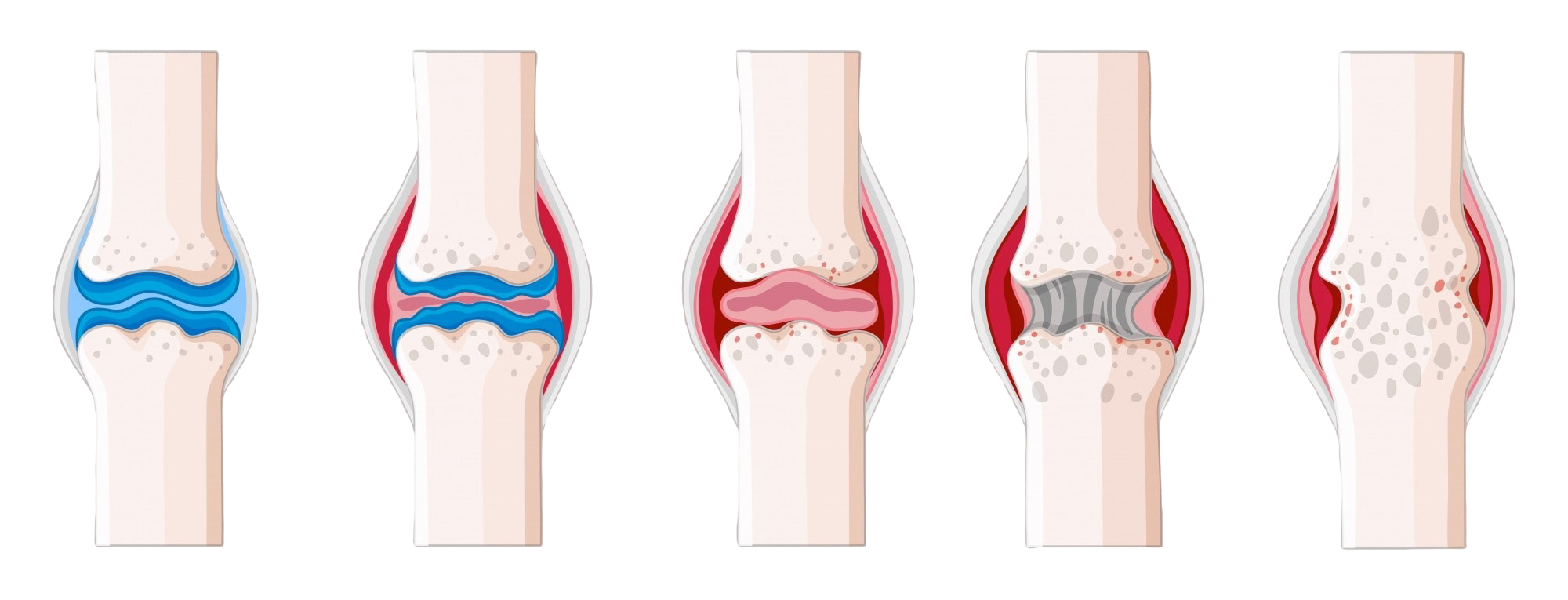Neuroblastoma, a prevalent childhood tumor originating in nerve tissue, poses a significant threat to young lives. It can manifest in various locations, including the adrenal glands, neck, and chest, making it one of the leading causes of cancer-related mortality in children. To curtail the relentless progression of neuroblastoma, scientists are on a quest to pinpoint the key molecules responsible for its growth, paving the way for targeted drug therapies.
In a recent study published in the journal Molecular Cancer, researchers unveiled a promising lead—a protein called IGF2BP1, which might serve as a crucial factor in fueling neuroblastoma’s relentless advance, just like a spark igniting a wildfire.
IGF2BP1 plays a pivotal role in early life, facilitating rapid cell growth during embryonic development, a vital process for the formation of tissues and organs. However, beyond the embryonic stage, the sustained presence of IGF2BP1 often takes on a sinister role, promoting uncontrolled cell proliferation and assuming the role of a cancer catalyst.
The study’s findings suggest that IGF2BP1 triggers the robust expression of another oncogenic protein, MYCN, a well-known oncogene frequently observed in neuroblastomas. This cascade of events allows the cell to evade apoptosis, the programmed cell death, and empowers it with the capability to perpetually replicate.
Dr. Sven Hagemann, one of the study’s authors, underscores the potent oncogenic nature of both proteins, stating, “on a molecular level, both proteins are highly oncogenic, and IGF2BP1 drives this pro-cancer transformation by its very presence.” In mouse experiments, all mice genetically induced to express IGF2BP1 ultimately developed neuroblastoma.
Theoretically, IGF2BP1 emerges as a promising therapeutic target. In healthy human cells, its expression diminishes significantly after infancy, whereas cancer cells persistently exhibit elevated levels. The research team is currently testing a molecular drug tailored to target IGF2BP1. Encouragingly, preclinical experiments have indicated minimal to no significant side effects associated with this treatment.
Dr. Hagemann added, “we’ve also discovered that IGF2BP1 plays a role in various other tumor types apart from neuroblastoma, so finding a molecule that targets IGF2BP1 could potentially revolutionize the treatment landscape for multiple cancer types.”
Also Read
- ► Advancements in Monkeypox Research: New Diagnostics and Therapeutic Strategies
- ► Revolutionize Your Skin with Dermapen 4 at Satya Skin & Hair Solutions in Delhi NCR
- ► The Comfort and Durability of Minus Two Cargo Pants You Need to Know
- ► Cheap VPS Server Hosting with SSD Storage for Speed and Reliability
- ► Sydney Four-Dayer Against England Lions: Edwards, Sutherland, Hardie Prepare
- ► How to Treat Injury Pain Using Tramadol
- ► Top Commercial Cleaning Tips for Lahore Businesses
- ► Explore the Proton X90 Price and Proton Price for Affordable Options
- ► 7 Fun Facts About Orchids That No One Told You Before!
- ► How to Apply for a 50000 and What Lenders Provide Quick Approval
- ► 5 Interesting Reasons Why You Need To Send Flowers On Valentine’s Day!
- ► Castle APK Download Official Latest Version 2025 For Android
- ► NeuroQuiet Reviews Vermont (❌WARNING❌) Does NeuroQuiet Really Work? – NeuroQuiet Review 2025
- ► The Evolution of Cactus Jack Merch: Past, Present, and Future
- ► Mitolyn Weight Loss Reviews ⛔ Honest Insights Rhode Island





